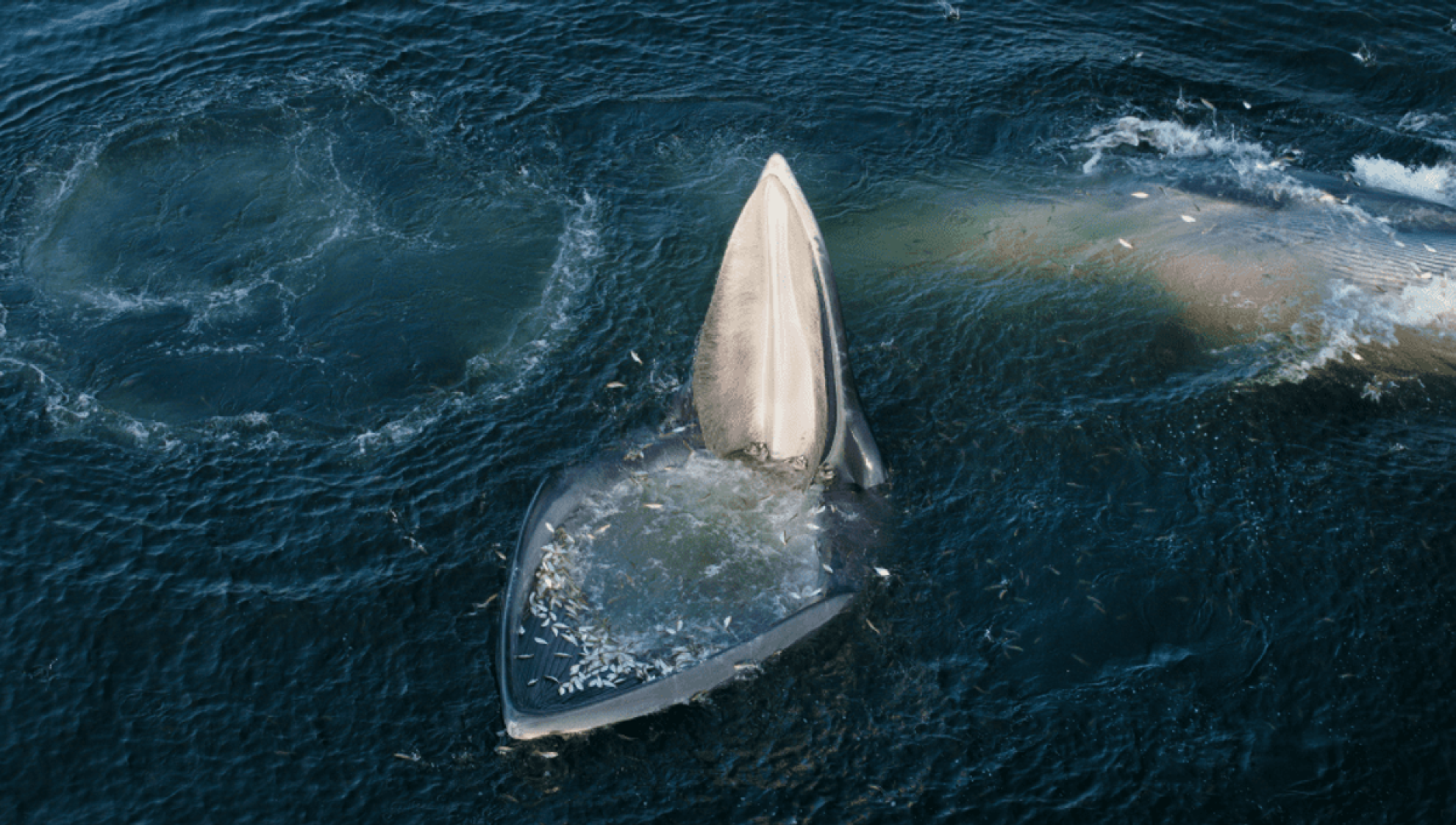Omeras whale
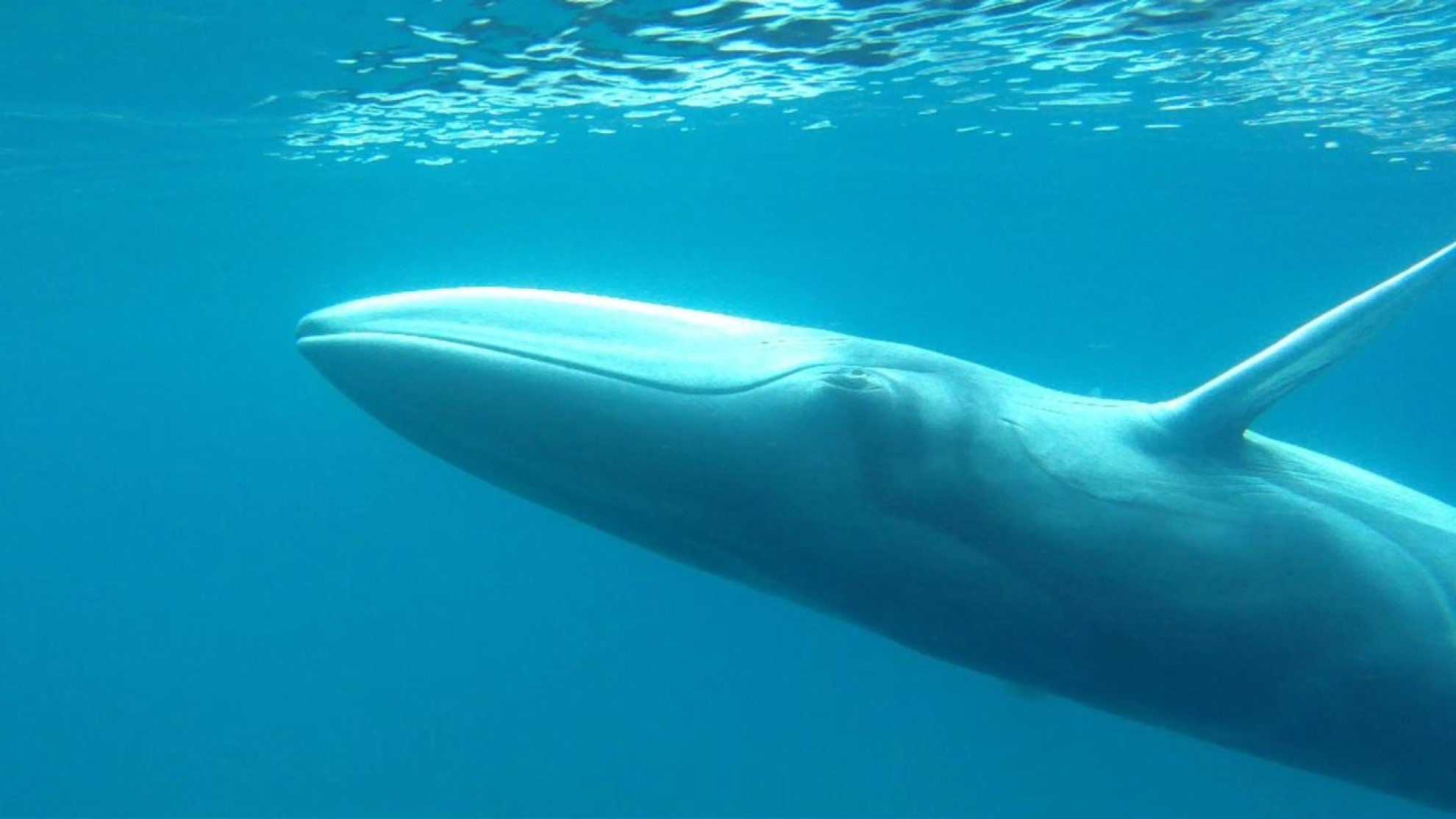
Omura's Whale
Omura’s whale is also known as the dwarf fin whale or little fin whale. Its found in the indo-pacific and Atlantic ocean.
There is little clear information on this species, it is listed on CITES appendix 2.
Sea-Lions
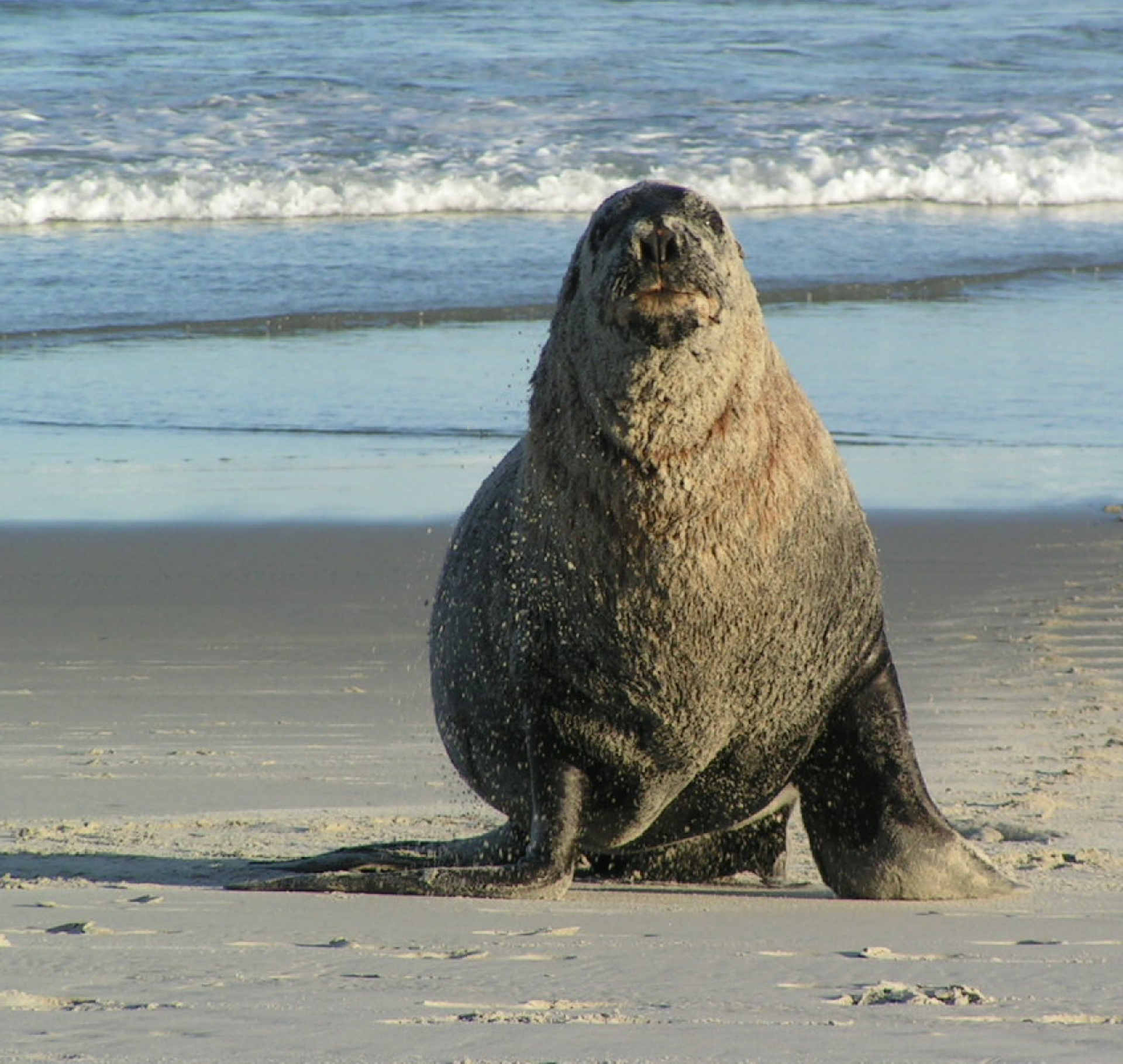
Sea-lions
There are 6 living species of sea-lion, and 1 extinct. As the interest in these species grows and the links become unwieldy i will split out the separate species, but for the time being I will just have one page for them all – help it to be necessary to split them as soon as possible.
Sea-lions are pinnipeds with external ear flaps, long fore-flippers, the ability to walk on all fours, short and thick hair, and a big chest and belly. The sea-lions the 6 living species shown below (the Japanese sea-lion is extinct) in five genera. Their range extends from the subarctic to tropical waters of the global ocean in both the Northern and Southern Hemispheres, with the notable exception of the northern Atlantic Ocean. They have an average lifespan of 20–30 years.[2] A male California sea-lion weighs on average about 300 kg (660 lb) and is about 2.4 m (8 ft) long, while the female sea-lion weighs 100 kg (220 lb) and is 1.8 m (6 ft) long. The largest sea-lions are Steller’s sea-lions, which can weigh 1,000 kg (2,200 lb) and grow to a length of 3.0 m (10 ft). Sea-lions consume large quantities of food at a time and are known to eat about 5–8% of their body weight (about 6.8–15.9 kg (15–35 lb)) at a single feeding. Sea-lions can move around 16 knots (30 km/h; 18 mph) in water and at their fastest they can reach a speed of about 30 knots (56 km/h; 35 mph).[3] Three species, the Australian sea-lion, the Galápagos sea-lion and the New Zealand sea-lion, are listed as endangered.
Steller Sea-lion are found on the land of North America and Asia that circle the north pole (map below, credit NOAA).

They are predated by killer whales, though sleeper sharks and great whites sometimes take young. They eat a variety of foods, include various fish species, as well as octopus and squid. They are fast swimmers, capable of diving to 1500feet, and staying under for 16 minutes
During breeding season, males fight to control a stretch of beach, and females move freely to the place they favour.
Status: population has fallen 70-80% since the 1970s and so are listed as endangered, around 46,000 individuals, though in recent years, the Eastern population has grown at around 3% a year (in 2013 this lead to its removal from the US endangered species list)
Australian Sea-lion is the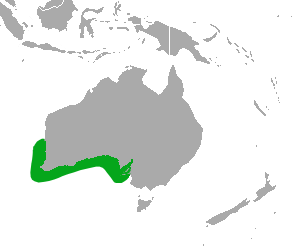 only endemic pinniped found in Australia.
only endemic pinniped found in Australia.
They can make a variety of calls, with mothers and young able to pick up each others call in the chaos of a breeding beach. There are currently 66 recognized breeding beaches, though 42% of pups are bred on just 4 of these beaches.
While rare, a bite can require hospitalisation. In both the 1930s and 1960s they were recorded as feeding on little penguins, and this still happens today. Other food includes a variety of fish and even small sharks, in turn, they are hunted by great white sharks and killer whale (orca).
Population was 14370 in 2010 though by 2014 it had fallen to just 6500 mature individuals, though current estimates are 11,200 suggesting a rebound. Still it is clear that they need particular efforts for their conservation. Despite their (relatively) close ranges, the Australian and New Zealand sea-lions do not appear to be closely related. They are considered vulnerable.
California Sea-lion Are found on 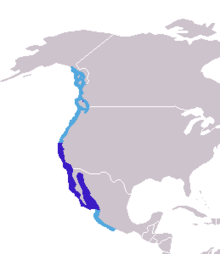 the west coast of north America. On this map, the navy blue marks the breeding rance, while the light blue shows the total range that they can be found in. It should be noted, that previously the Japanese and Galapagos sealion were both considered subspecies of the Californian species, but no longer. They can stay healthy, for a time, in fresh water, and have been seen living for a while in Bonneville dam – 150 miles inland.
the west coast of north America. On this map, the navy blue marks the breeding rance, while the light blue shows the total range that they can be found in. It should be noted, that previously the Japanese and Galapagos sealion were both considered subspecies of the Californian species, but no longer. They can stay healthy, for a time, in fresh water, and have been seen living for a while in Bonneville dam – 150 miles inland.
They see (mostly in blue/green) and hear well, as well as being able to sense nearby, with their whiskers. They generally eat fish, squid and occasionally clams. They have been seen cooperating with other sealions, or indeed dolphins porpoises and sea-birds in their hunting techniques, though exploitation is also common.
There are 5 relatively distinct populations. Several sealions have reached Japanese waters in recent years, and this is the most likely origin, as such it could return to Japan on its own.
It is considered least concern with 238,000-241,000 individuals and increasing over time.
Galapagos Sea-lions Found 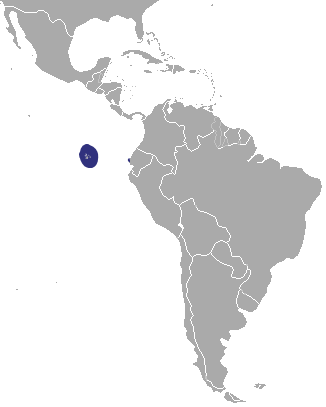 on all of the Galapagos Islands, as well as (in smaller numbers) on Isla de la Plata, which is just 40km from Puerto López a village in Ecuador. There have also been recorded sightings on the Isla del Coco which is 500km southwest of Costa Rica (and 750km from the Galapagos). These are not regular, and so have been considered vagrant. It is of course possible that historically they roamed here, but we cannot say.
on all of the Galapagos Islands, as well as (in smaller numbers) on Isla de la Plata, which is just 40km from Puerto López a village in Ecuador. There have also been recorded sightings on the Isla del Coco which is 500km southwest of Costa Rica (and 750km from the Galapagos). These are not regular, and so have been considered vagrant. It is of course possible that historically they roamed here, but we cannot say.
They are the smallest species of sea-lion, and can often be seen gliding through the water, or sunbathing on the beach. They measure 1.5m-2.5m and weigh between 50 and 400kg.
Much of their diet is made up of sardines. Interaction with humans is usually negative, and feral dogs often form packs, and can then attack the sealions.
The population tends to bounce between 20,000 and 50,000 and they are currently classed as endangered
New Zealand Sea-lion (formerly known as the Hooker sealion) is native to south island, though before 1500 it is thought that it was also found on north island. They tend to breed on Subarctic islands of Auckland and Campbell (99% of the pups are born in these islands). In 1993, sealions started breeding on South Island again for the first time in 150 years.
known as the Hooker sealion) is native to south island, though before 1500 it is thought that it was also found on north island. They tend to breed on Subarctic islands of Auckland and Campbell (99% of the pups are born in these islands). In 1993, sealions started breeding on South Island again for the first time in 150 years.
Genetic evidence suggests that until 1300-1500 there was a mainland subspecies, which was wiped out by the Mauri’s and has been replaced by members from the sub-Antarctic population.
As well as eating fish and crustations, they will take new Zealand fur seals as well. They are hunted by great white sharks, and in a survey 27% of adults had scars from near misses. While south American sealions are hunted by orca (with them famously beaching to catch them) they do not appear to do this around New Zealand. After the birth of their pup, females move inland as much as 2km to avoid males, storms and even parasites.
They are thought to number 12,000 making them the rarest sealion. They are also the most distinct being part of the Genus Phocarctos, and are listed as endangered.
South-American Sea-lion 
Also known as the Southern sealion or the Patagonian sealion. They have been recorded going as far north as Ecuador, though not yet breeding there. They eat fish, as well as squid and octopus, and have even been observed predating penguins, pelicans and South American fur seals.
Males set up territories, but after the arrival of females switch to protecting them. Having said this, one population in Peru have a different set-up where males perform, and females choose a mate, and are free to move freely. This may be in result to the warmer climate, which means the females make regular trips into the sea.
The total population is estimated at 265,000. They are declining in Patagonia (Argentina) and the Falklands but increasing in Chile and Uruguay. In the 2013 El nino many Peruvian sealions died. They are still regularly killed by fishermen, both for damaging equipment and stealing fish.
They are listed as least concern
As we gain contacts each picture above will become a link to a page for the specific species – for now, all species will be looked after by this page. If you are a wildlife guide or live nearby and want to be able to host (as a hotel or B&B or campsite) and would like to be listed do get in touch. Our aim, is to give people all the information and links on one page, so that they can book everything in one go – making it easy, and therefore more people undertaking these sort of trips.
Sea-lions can be specifically searched out, but it is also possible to have a surprise encounter with one.
One of my most memorable encounters with any wildlife, is an encounter with a New Zealand sealion. We had simply gone for a walk on the beach, and at some point, we saw the sea-lion coming out of the sea. This huge male slowly made its way towards us, and when about 10m away it lay down in the sand, threw sand all over itself and went to sleep.
To return to the Pinniped page click here
New estimates suggest that up to 100 of Indian Lions now live by the seaside
- Tim
- May 23, 2023
The Gir forest was the last refuge of the Asiatic lion. Back in 1893 it was thought that there were only 18 animals remaining. Thankfully that number has rebounded very...
Sea-lion struck down by epilepsy – brought on by global warming
- Tim
- November 16, 2020
There is an increasing problem of sea-lions off the coast of California becoming epileptic as result of global warming.
It appears to be caused by domoic acid poisoning, which in...
Greenland is loosing 30 million tonnes of ice per year.
- Tim
- April 13, 2024

The Greenland ice sheet is melting
The Greenland icesheet is vast, which can bee seen from this image, which had to be taken from space to show the scale.
Greenland...
Do Ancient sea sponges point to an underestimate of the warming of the world?
- Tim
- February 9, 2024
There is much work around the world, which is going into measuring temperatures as accurately as possible and watching for change. While the British empire routinely took temperature readings on...
A new study from Monteray Bay Aquarium has once again highlighted the importance of sea otters for the health of the Kelp forests
- Tim
- February 8, 2024
These kelp forests have an essential little helper for its survival. It has become clear that sea otters are essential members of communities of the kelp forests off the coast...
Company Green Grazing from Vietnam is aiming to grow and sell red seaweed, as an additive to livestock feed
- Tim
- December 23, 2023
Why is this important?
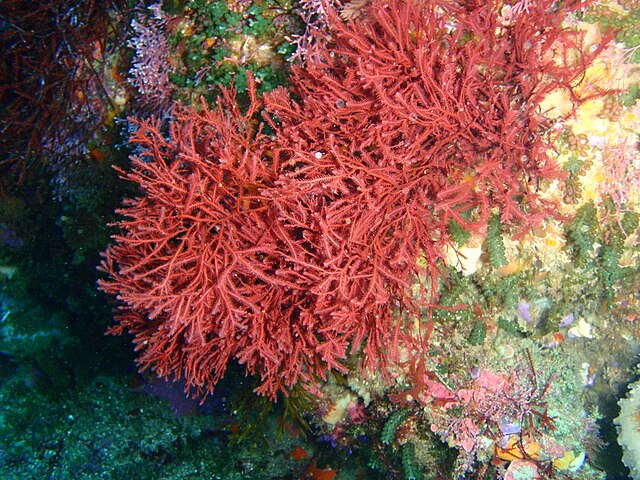
Around the world there are around 3 billion cattle and sheep. These produce around 231 billion pounds of methane each...
Ozone layer hole early – Antarctic sea ice in danger?
- Tim
- September 4, 2023
The fear is that, with the Tonga eruption, this larger than normal hole might do extra damage to the vast store of ice on Antactica.

Conservative corruption in the UK? £3.5 million donations linked to pollution and climate change denial
- Tim
- June 22, 2023
There have been many suggestions that the scientific consensus has not been reached, when it comes to climate change, either to its existence or humans effect on it,
Chevron has created a large set of carbon offsets and they appear worthless, says research
- Tim
- May 27, 2023
Chevron has pledged to be carbon neutral by 2030 through a carbon offset scheme. It is notable, that Chevron sells a product which is totally incompatible with carbon zero emissions....
Scientists have found a cost-effective way of harvesting lithium from seawater – why is it necessary
- Tim
- April 3, 2023
it is thought that the worlds oceans hold 2.6 x10^11 tonnes of lithium. that works out at 325 tonnes of lithium for every person on the planet. Even if every...
Boiling sea with methane in Siberia
- Tim
- March 22, 2023
A few years ago, an area of sea in Siberian waters was found to be boiling with methane rising from the sea bed before. This 'fountain was unlike anything seen...
A 200 square km seagrass bed has been found to be 1 single plant
- Tim
- August 2, 2022
Generally, when you encounter grass, or indeed sea grass, it appears to be many millions of individual plants all growing together.
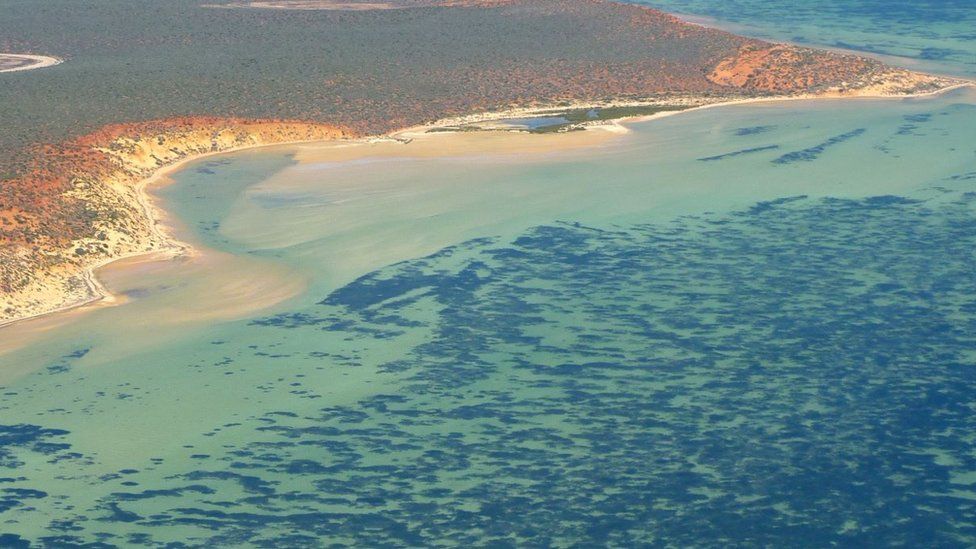
Polar Bear
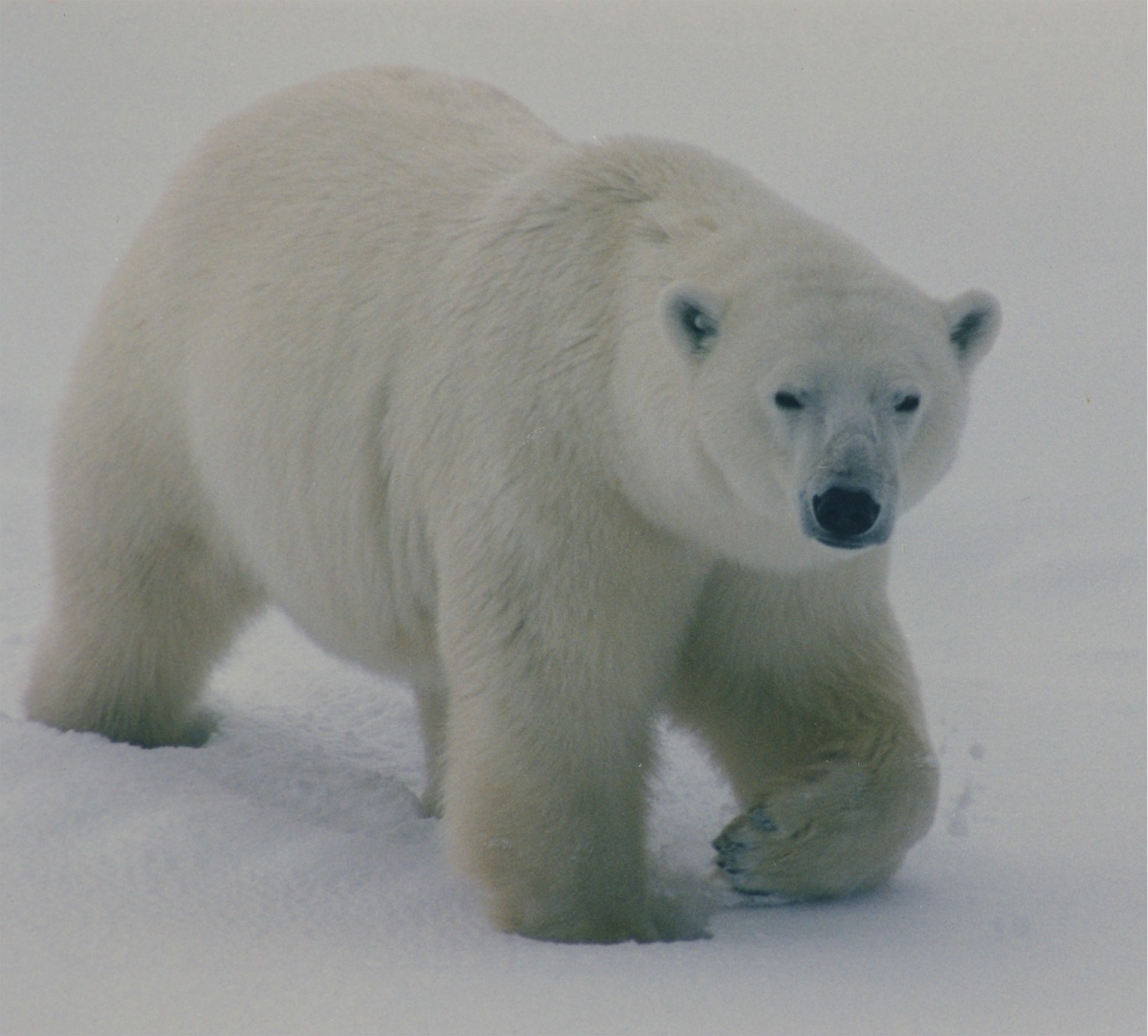
Polar bear
- A relatively new species of bear, the polar bear is the only species adapted for polar life. Still being found all around the Arctic, there are roughly 26,000 in the wild at the current time. Whalers and for traders killed many in the 19th century, and while they have recovered experts predict that global warming is likely to lead to the extinction of the polar bear.
Polar bears are distant cousins of the Grizzly bear, and as the weather warms, polar bears are moving south and Grizzlies north. This has on at least one occasion created a so called “Pizzly”. We only know about this, because a hunter who paid to kill a polar bear accidentally shot the Pizzly. I have made it clear my lack of appreciation for the so called hunter – while I am ready to admit that in places the money is useful for conservation, I hope that with your help and this website, we might make it an irrelevance.
Found throughout the arctic, they can be seen in
- Alaska (USA) 4000-7000
- Canada 16,000
- Greenland 3500-4000
- Norwegian islands, particularly Svalbard about 3000
- Russia:22,000-31,000 (note, this adds up to far to many – indeed Russias population alone is above the world population, also some are shared between countries)
Over time we hope to list many places where you can visit bears and see them in their wild home, these will appear here, and a list of posts we have published on bears will appear below these links
Unknown, seemingly impossible Polar bear population found living in Greenland
- Tim
- June 27, 2023
Polar bears appear to be surviving despite the lack of sea ice, should we take this as a positive sign?
- Tim
- August 18, 2022
Polar bears in Iceland
- Tim
- October 24, 2020
Trump administration has taped a long time climate change denier to run the noaa, believes climate change doesn’t threaten polar bears
- Tim
- September 21, 2020
Polar bears in Iceland
- Tim
- July 27, 2020
Cannibalism among polar bears is becoming more common
- Tim
- March 25, 2020
Alaskan polar bear refuge at greater threat from oil exploration than thought
- Tim
- March 5, 2020
Polar ice is now melting 6 times faster than it was in the 1990s
- Tim
- April 15, 2020
Too many bears in the Canadian Arctic?
- Tim
- February 10, 2019
Indonesia to start a study to see whether the Javan Tiger is actually extinct (44 years after it was declared so)
- Tim
- March 27, 2024
Species watch
- Tim
- May 11, 2022
I am disgusted to be British after the latest move in parliament – hunting trophy import ban to be axed, but if we are ending the ban the British government must take responsibility
- Tim
- March 15, 2022
First known albino chimpanzee was born in Africa this summer. Unfortunately it was killed
- Tim
- December 5, 2021
DNA analysis has demonstrated significant differences between African and Asian leopards
- Tim
- November 15, 2021
Fascinating genetic analysis of African and Asian leopards show worrying fact
- Tim
- May 7, 2021
Can hunting ever be ethical? How can it work?
- Tim
- December 22, 2020
Trump trying to destroy the Arctic wildlife refuge before he loses power
- Tim
- December 17, 2020
Trump determined to push licensing on arctic refuge drilling far enough that Biden cannot reverse it
- Tim
- November 19, 2020
Are we allowing the silent extinction of giraffes
- Tim
- November 13, 2020
Domestic cat
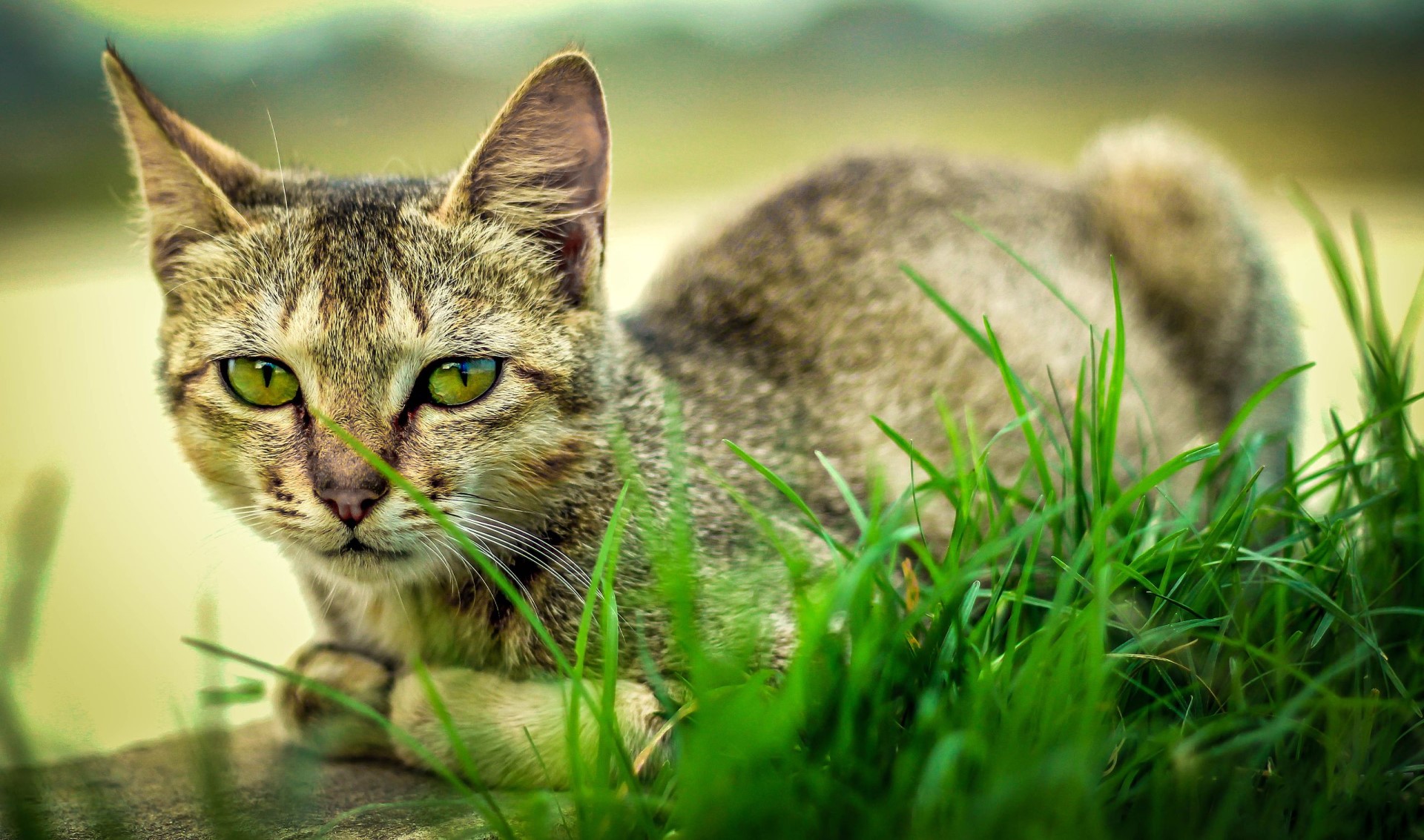
Domestic cat
Domestic cats are thought to have been first tamed back around 10,000 somwhere in the middle east. Unfortunately, as this is the cat that makes up the worldwide domestic cat population (almost exclusively) in many regions like Scotland, while reduction in numbers made specific subspecies of wildcat endangered, it has often been hybridisation that has pushed them over the edge.
There is little point in showing a map of the world, as they are found in almost every human population. It is thought that there are at least 200 million across the globe
Domestic cats are thought to have been tamed in Israel, which has unfortunately meant that this species of wild cat is now spread across the globe – many local species of wildcat have become extinct through hybridisation, the British wildcat is just one such example. There are now only pure British wildcats in captivity, and while there are still quite a few living wild in Scotland they have Asiatic wildcat features. This has happened in many places and solutions are not yet forthcoming.
While unfortunate, there is still work being done. In the UK there are plans to clear a peninsular of domestic cats, and re-establish a wildcat population. Only in situations like Scotland is hybridization likely, the most common reaction to a wildcat meeting a domestic cat is for the wildcat to kill the domestic cat. I hope to live to see the wildcat roaming Scotland once more, but we will se what happens.
Wildcats could potentially reintroduced into England for the first time in hundreds of years
- Tim
- January 12, 2023
Wildcats have returned to the Netherlands on their own after centuries of absence
- Tim
- February 2, 2022
Wildcats set to return to southern England 150 years since their extinction in England and Wales
- Tim
- March 10, 2021
Big cats moving between reserves
- Tim
- December 16, 2020
Couple who tried to buy a Savannah cat in France, instead were giving a Sumatran tiger cub
- Tim
- October 18, 2020
Food for domestic livestock from fish a threat to African penguins?
- Tim
- December 21, 2019
Wild dogs impacted by domestic dog illness
- Tim
- April 7, 2018
Goulds mouse, thought extinct for 125 years, lives on
- Tim
- December 15, 2023
Did I miss the start of the end of the canned lion hunt?
- Tim
- September 14, 2021
More than 60 lions have been shot by British citizens in the last few years-since the death of Cecil
- Tim
- July 4, 2020
Should pest animals be put on the ‘pill’ rather than culling them?
- Tim
- April 11, 2024
Should wolf hunting return to Western Europe?
- Tim
- March 28, 2024
Environmental and political stories from the UK in recent times
- Tim
- February 27, 2024
Panda bear behaving like a meat eater/scavenger?
- Tim
- December 7, 2023
UK government backsliding on environment? two clues and an how is Australia doing
- Tim
- April 28, 2023
Resolution to ban the sale of electric cars in Wyoming from 2035 effectively dead
- Tim
- April 8, 2023
If you have been lucky enough to have an encounter with wild Boar, like me you will have recognized them as like pigs but different – but …
- Tim
- February 9, 2022
There are more than 10,000 tigers living in the USA, with under 4000 in the wild
- Tim
- February 4, 2022
Recent evidence suggests that dingoes arrived in Australia 1500 years later than first thought: why is this important and should it give us more courage in repatriating Tasmanian devils to the mainland
- Tim
- September 1, 2021
On pure numbers of fatalities (not to mention cost, simplicity and and health of our ecosystems), wolf reintroduction is a no-brainer
- Tim
- March 7, 2021
They are not hard to see if you are in the right place. I have seen them in Africa, take a night drive in almost any nature reserve. Links will be added below.
Lynx (Iberian)
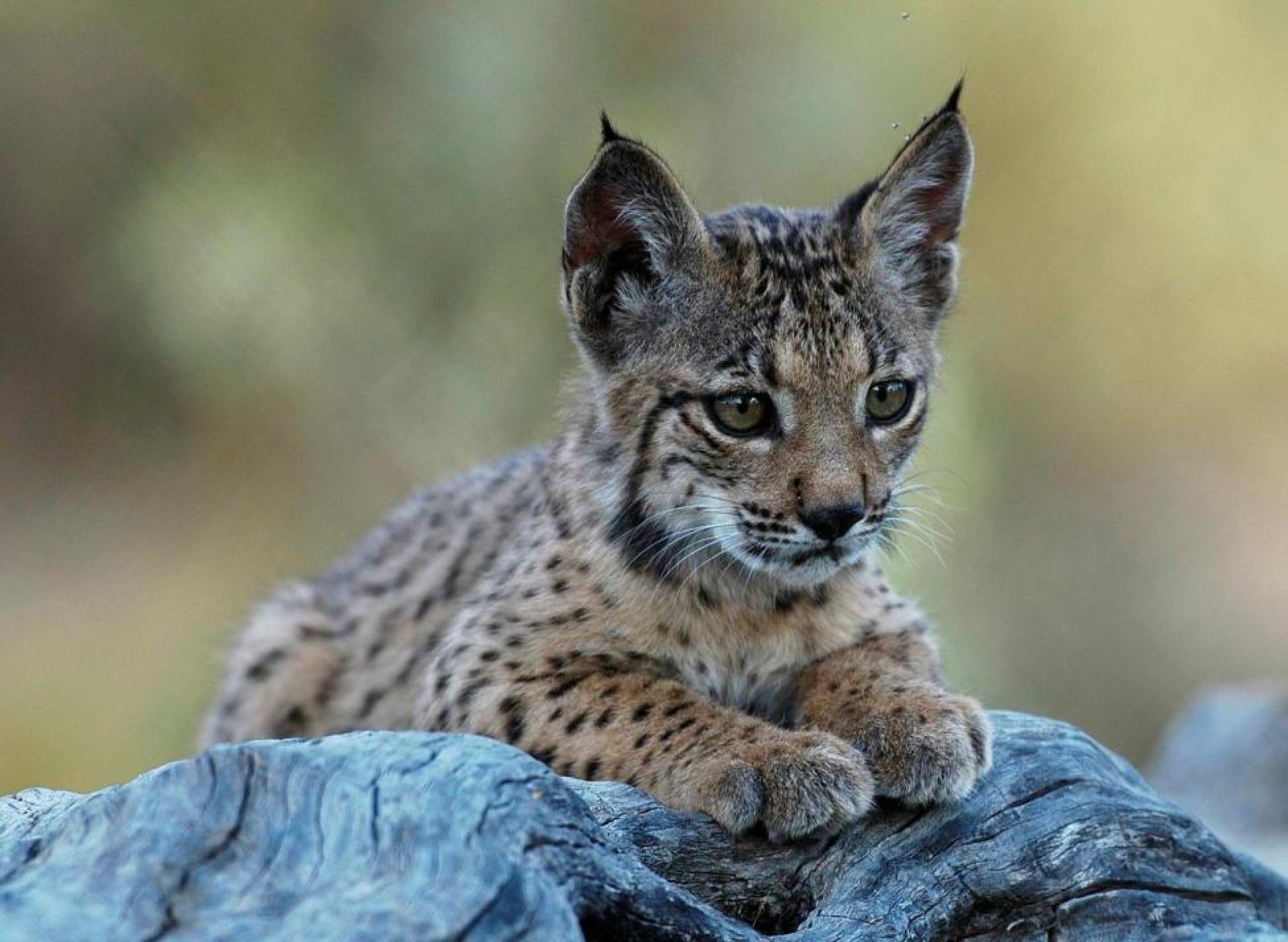
Lynx (Iberian)
Iberian Lynx: Once found throughout the Iberian Peninsular as well as much of France: The Iberian lynx population fell to just 94 cats in two populations (23 years ago). Through intensive work the population has returned to 1668 as of May in 2023. This is currently restricted to just the south and west of the Iberian peninsular, but is likely to slowly expand its range North and East.
It is fantastic to see the Iberian Lynx returning to places that it was found in the past, however, what is clear is that as the human race, our current understanding of science allows a great deal of power, and it is scary to think that the introduction of an illness to kill rabbits could come so close to exterminating all Iberian Lynx.
Iberian Lynx continues to recover
- Tim
- March 14, 2021
Back in 2002 there were only 94 Iberian lynx left in the wild. This wild cat had declined for a number of reasons, unfortunately all down to humans.

Iberian lynx has recovered when astounding degree
- Tim
- November 15, 2020
In 2002 the Iberian lynx population fell to an estimated minimum of just 94 cats. In the latest count that number is now 844, and experts are now saying that...
Return of the bear wolf and lynx to France and western Europe
- Tim
- March 11, 2022
The recovery of wolves bears and lynx over the last several generations in western Europe has been nothing short of astounding.
In the 1960s the population of the iberian wolf...
Predator recovery across Europe – Part 3 – Lynx
- Tim
- March 25, 2018
Has myxomatosis leapt species from rabbits to hares?
- Tim
- February 10, 2022
Rabbits are not native in the UK. They were introduced about 1000 years ago. the first Myxomatosis outbreak in the uk was in 1953. There have been various foolish uses...
Could Bialowlieza forest be destroyed by forests on borders?
- Tim
- December 16, 2021
Around the world we are in a period where there are lots of people struggling where they are. Whether due to weather or war or crime, there are significant numbers...
Clouded leopard and Sunda clouded leopard
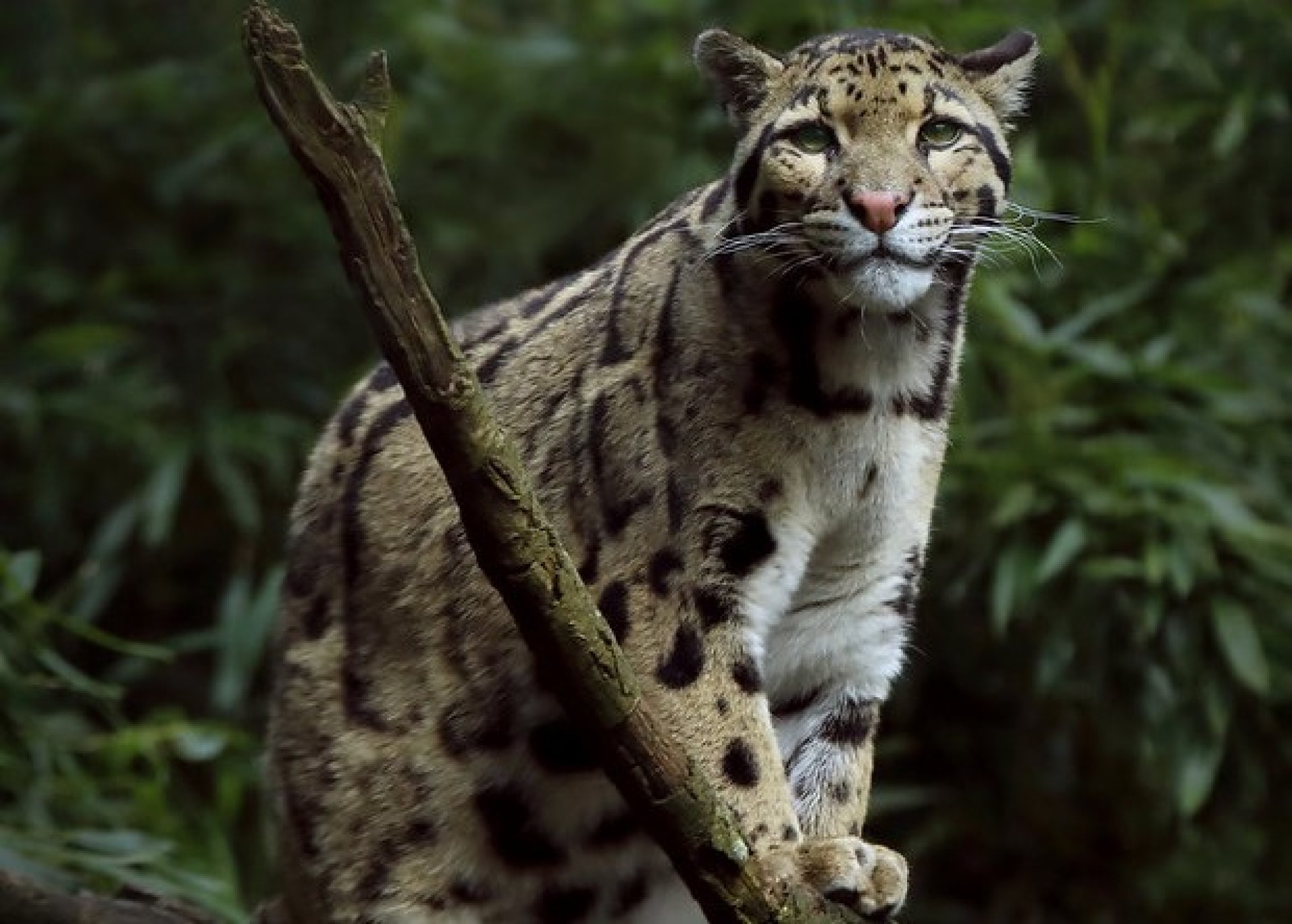
Clouded leopard and sunda clouded leopard
Clouded leopards are actually one of the most ancient cat species, however due to their inability to roar or purr, they cannot officially be considered a big cat (roar) or a small cat (purr) due to their definition, which puts them in an odd category. They are most closely related to snow leopards, and are in the same family as the big cats from genetic research. It has recently been confirmed that there are 2 different clouded leopard species, one on the mainland, and the other on the islands (the sunda clouded leopard.
Both species are considered vulnerable. The mainland clouded leopard is thought to number between 3700 and 5580, while the sunda clouded leopard is thought to number around 4500 3800 in Borneo and 730 on Sumatra.
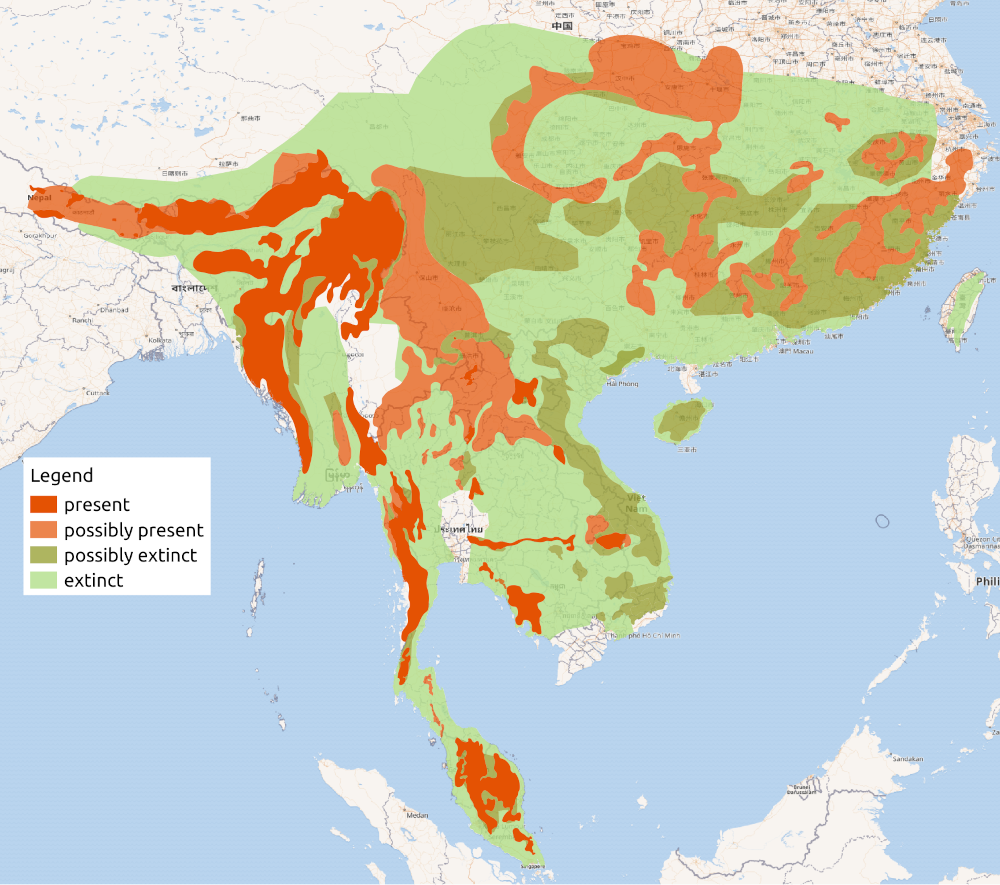
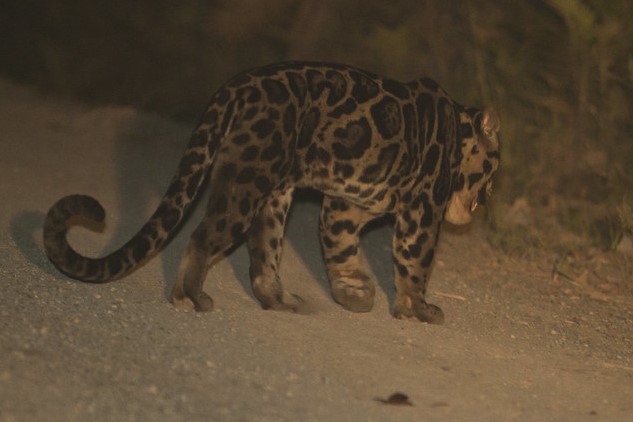
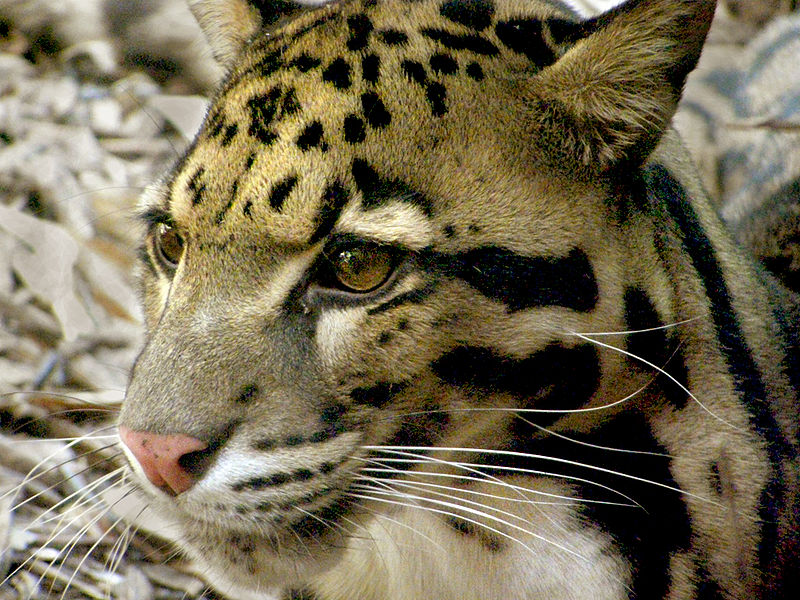
Clouded leopards are found in the forests of South East Asia. Both Poaching and habitat loss threaten their future survival is not easy to see, it makes it is hard for it to be clear what its current range is. However, if you simply compare extinct to all possible remaining habitat, you can see the best possibiltiy is that range has reduced by around 50%
This is a further image of a clouded leopard though taken in a US zoo, which allows an easier time of getting a good view of the head.
The map above shows the former and current range for these two species. As we start to link with places on the ground, we are likely to create separate pages for each of these clouded leopard species. Below is a video of each species of clouded leopard.
We look to work with people on the ground. Do get in touch if you live or work in the area, and can help people see these incredible animals click here
Illegal trade in Indonesian leopards is booming
- Tim
- August 17, 2021
The north of the country of Myanmar has been found to play host to a wide range of large mammals
- Tim
- February 6, 2022
South African cheetah to be introduced into India
- Tim
- November 17, 2021
Ocelot
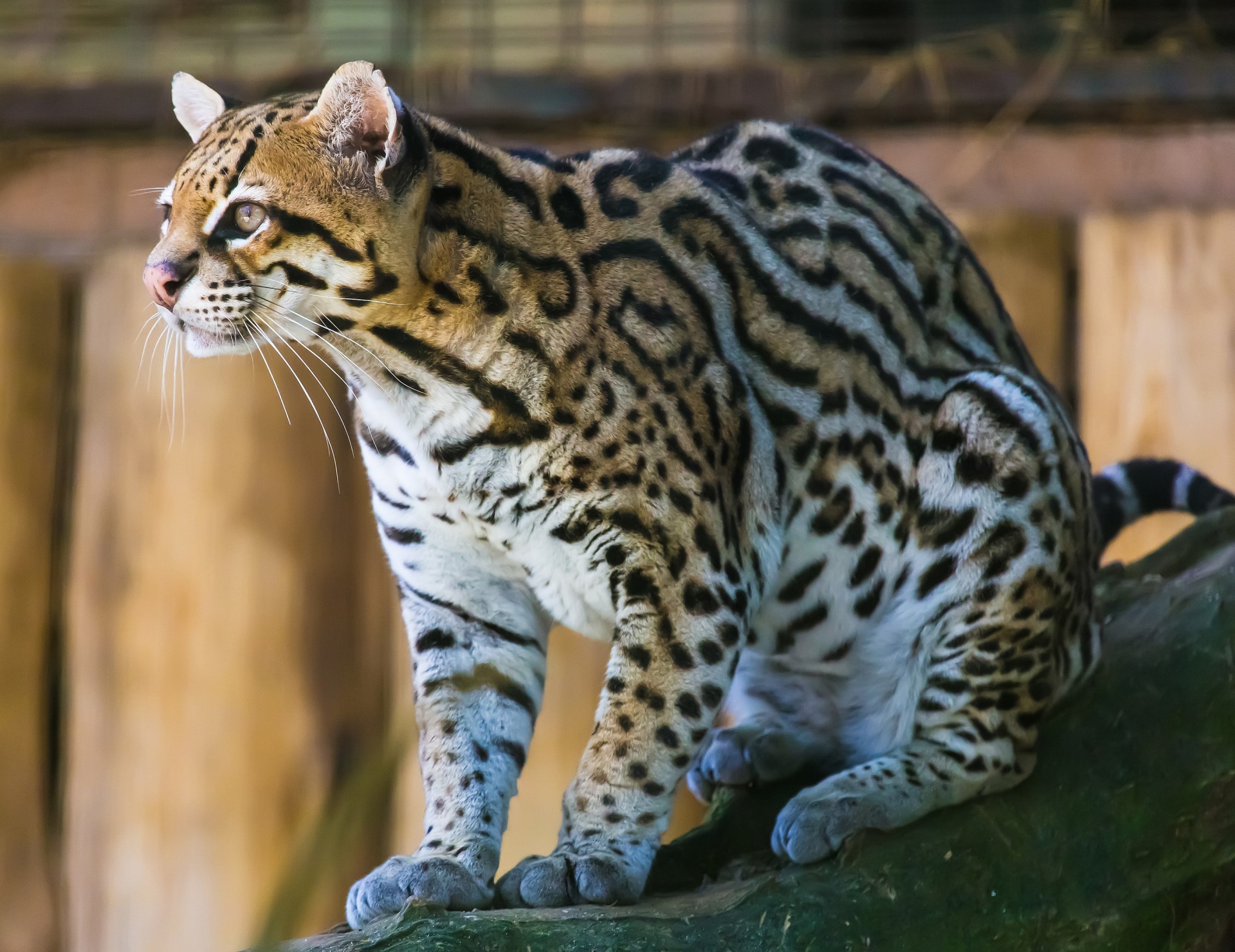
Ocelot
Ocelots, servals are about the size of domestic cats, which mean that without being careful it is easy to overlook them. Found throughout the south west of the USA, Mexico, and on through central and South America, as well as the Caribbean island of Margarita and Trinidad. At this time, two subspecies of Ocelot are recognized (in the past as much as 9 subspecies were proposed) and these are essentially split by continent (a north America Ocelot and a Southern America Ocelot).
Researchers agree that there are around 120 wild Ocelots in Texas but elsewhere it is less clear. Indeed, the Ocelot is generally listed as least concern, though in various parts of its range it is threatened by habitat destruction, hunting or traffic accidents. As such while its range is very large there are areas where it is decreasing in an area of its range. The ocelot has had occasional association with humans dating back as far as the Incas and the Aztecs – and has occasionally been kept as a pet.
African Golden cat
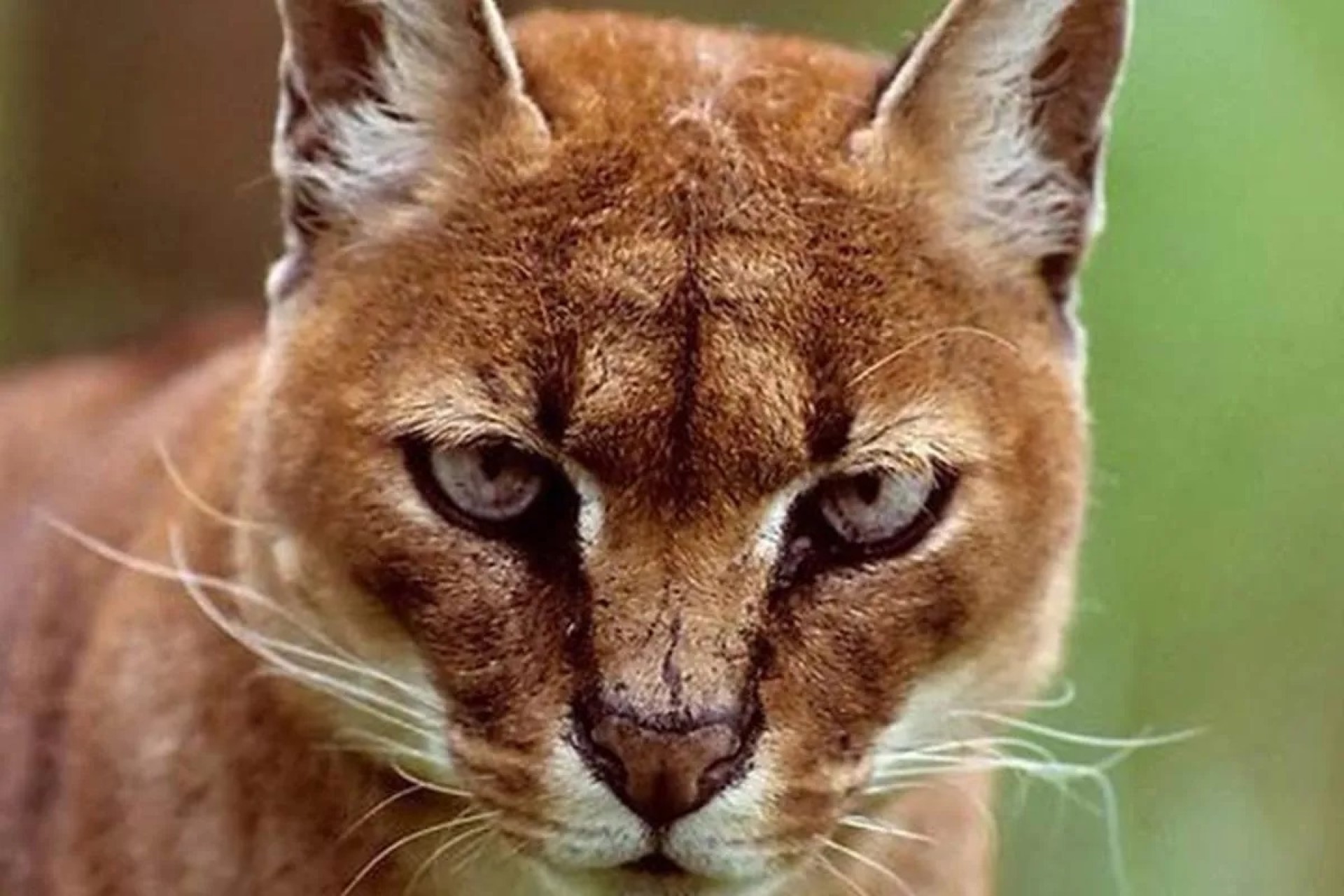
African golden cat
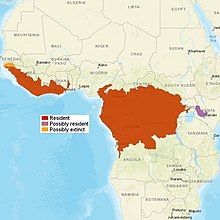
Oddly, although they look similar, African and Asian Golden cats are not closely related, so clearly their looks given them an advantage in the forests of Africa and Asia, which is the habitat that they are found in on both continents.
Like the Asiatic Golden cat, it is rarely seen and poorly studied. It is currently listed as near threatened, with its status in Uganda being vulnerable. The simple fact is, is that it is rarely seen and therefore we know very little about how it lives.
What is clear, though, is that as it lives in rainforests, at relatively low densities, it is a species that will be hit hard if we continue to cut down the worlds rainforests.
As we make links we hope to add places you can visit, in the hopes of seeing this species (though it should be noted, that this is a rarely seen species). These will be below the video and the list of articles (below this information). Do reach out if you work in this field, as we would love to work with you, and help people find you for their wilderness trips.
South African cheetah to be introduced into India
- Tim
- November 17, 2021
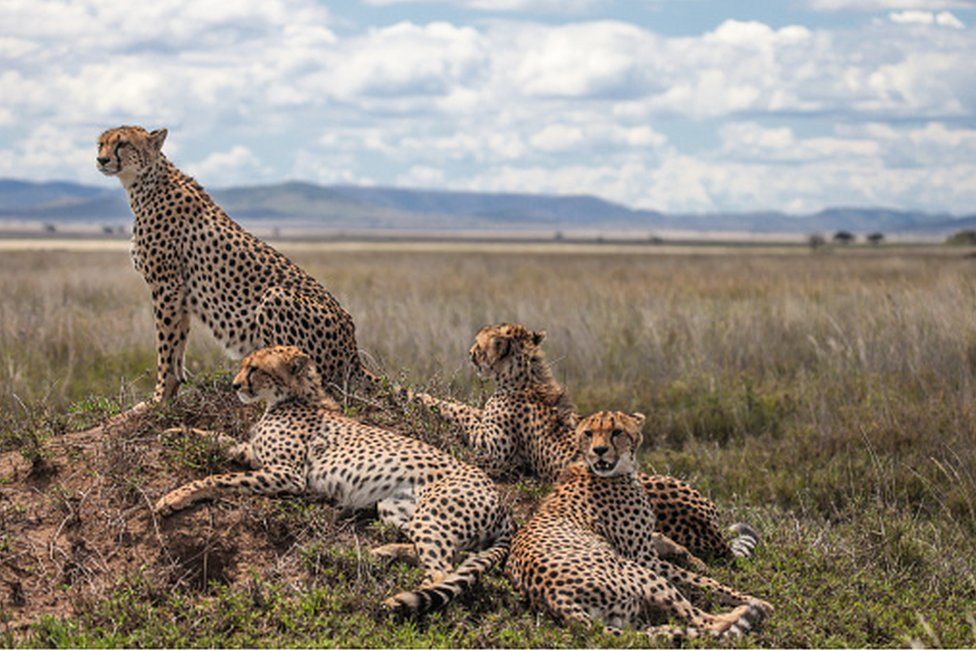
There is an impressive wealth of cats living in India. From the Indian tiger (known throughout the...
Albania
Albania
Albania is relatively small country in Southern Europe – bordering Greece. Despite lying behind the iron curtain, like other countries in this area although predators survived, they are greatly depleted. There are 250 wolves within the borders, 1800-200 bears. Unfortunately, the Lynx in Albania is a subspecies called the Balkan Lynx, and there are only30-45 spread between Albania and North Macedonia.
Unfortunately, when you look at the size of the country, and the fact that 70% of it is covered by the Albanian Alps, you realize that here to the wildlife numbers are greatly depleted. The Dinirac Alps continue on from the Julian Alps which continue from the main alps range. Only the most northern part of Albania contains these mountains.
Albania does pay compensation for livestock killed, which should make this a country which is more open to ecotourism. Should an ecotourism industry grow bigger in this country, it would hopefully reduce both legal and illegal killing of these animals, and therefore allow the populations to rebound.
Look below the news section to see any further links
AlbaniaNews
Predator recovery across Europe – Part 3 – Lynx
- Tim
- March 25, 2018
What is clear, is that interest in the wolves and bears amongst tourists is likely to encourage ecotourism to become an industry in Albania. This country has suffered greatly over the last half a century or more, however, as a result many animals have survived alongside them – tourism will show them what this is worth.
Bison have not yet got any presence in the country.
Links to areas to visit will appear on this page

